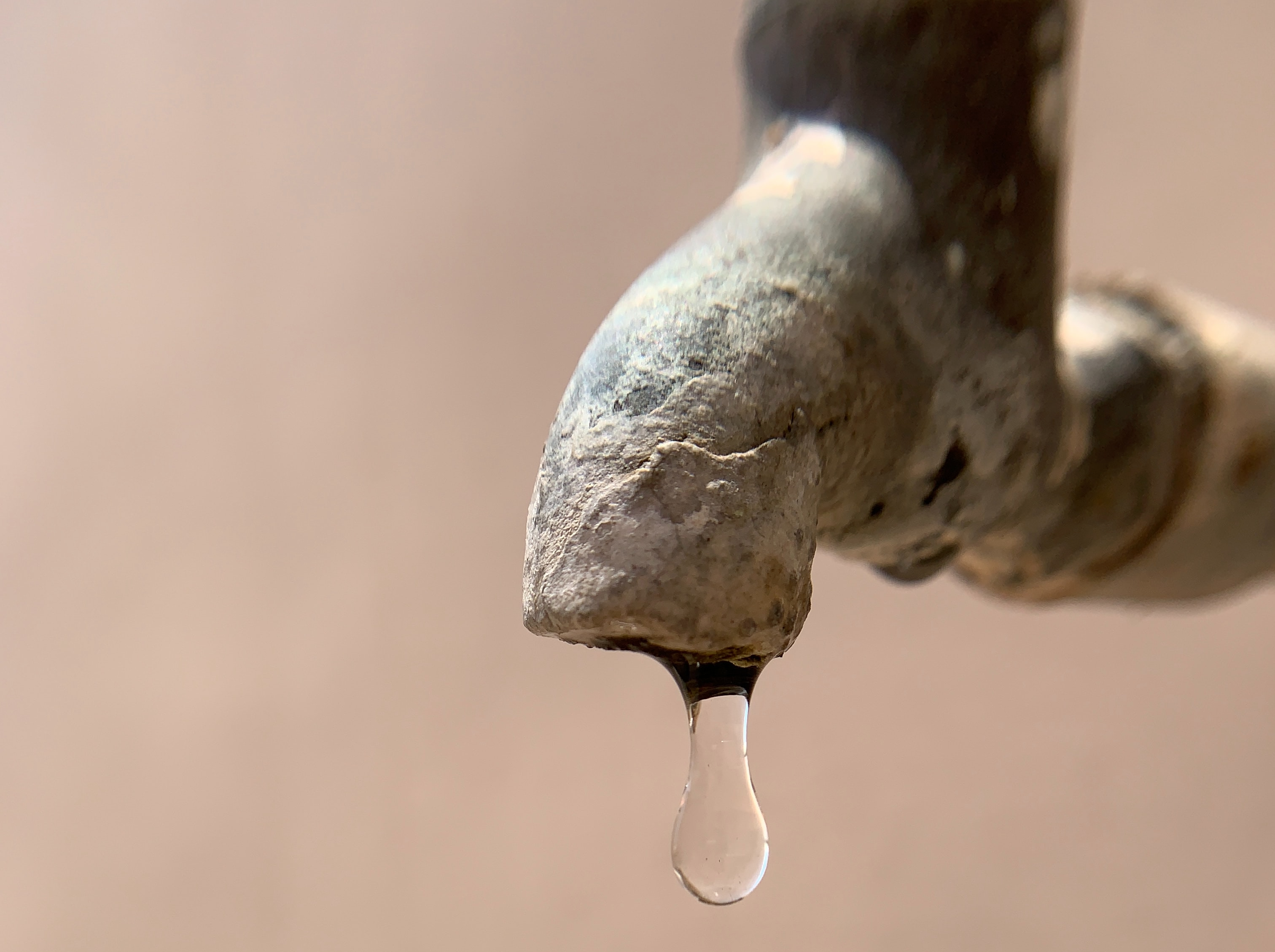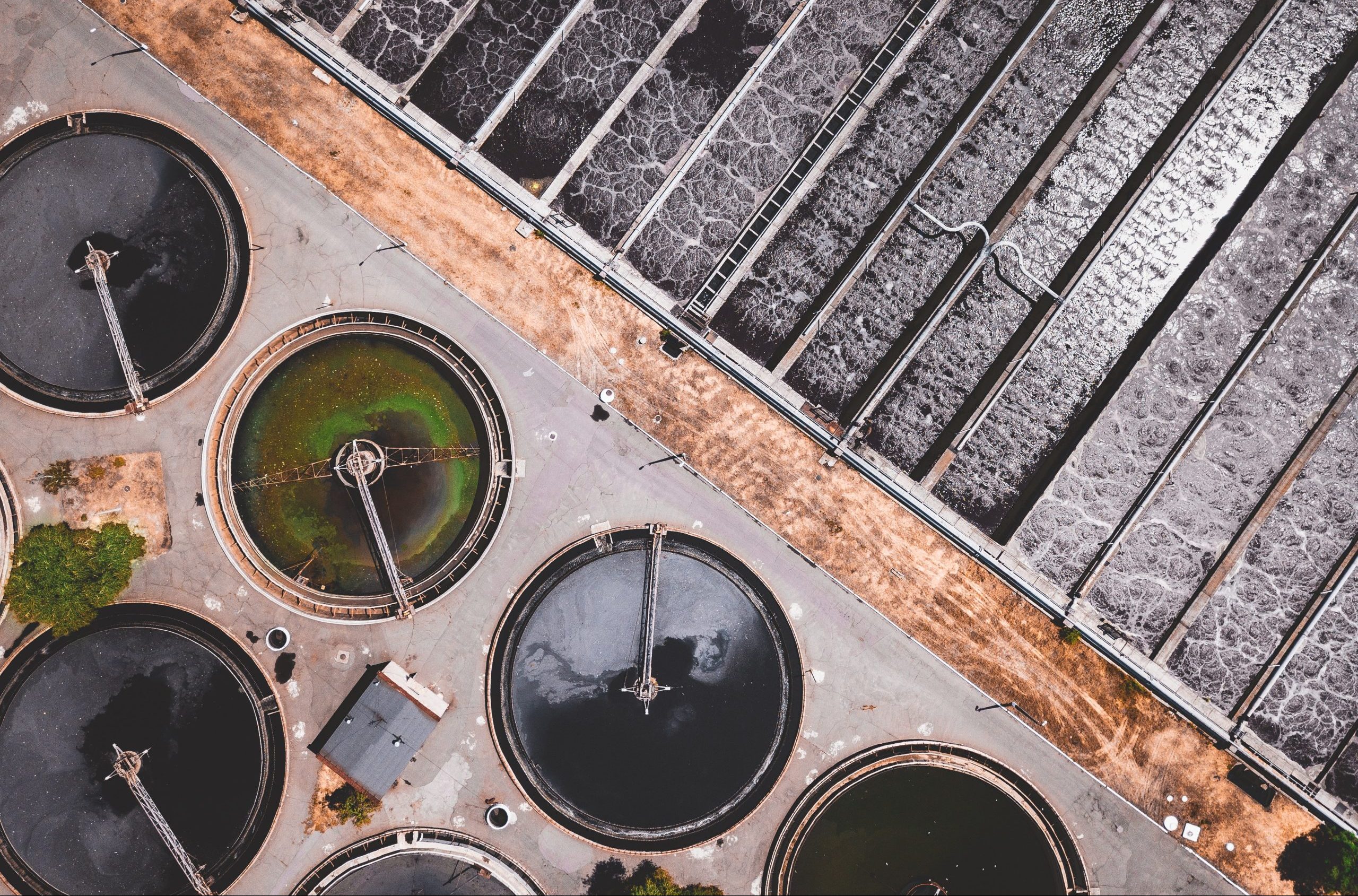Heather Cooley, Dr. Peter Gleick, and Dr. Amanda Bielawski
Key Takeaways:
-
- The severe California drought is continuing for a third year, and there will be major consequences for ecosystems, agriculture, and urban and rural water users across California.
- Droughts are becoming more severe and persistent, creating extreme water management challenges for California.
- Emergency short-term measures are necessary but will not be enough. We must also make systemic, transformational changes to build longer-term water resilience.
- Available solutions should be rapidly scaled across the state. We must accelerate efforts to cut wasteful and inefficient water uses, increase investments in water reuse and stormwater capture, and prioritize efforts to provide safe water and sanitation to frontline communities.
April 1st marks the end of the wet season in California. It’s also the day the California Department of Water Resources announces key seasonal snowpack measurements and makes projections of water availability for the rest of the water year.
Today, the news is extremely bad and is a call to action to do much more — and to do some things much differently.
After record-breaking drought conditions in 2020 and 2021, 2022 has been another bleak water year for California. The 2022 snowpack is far below normal — less than 40% of average following a drier than normal winter — for the third year in a row. Major reservoir levels are also far below normal. Shasta is at less than 40% of capacity and less than half of where it should be on April 1st; Oroville, the largest reservoir in the State Water Project, is at less than half of capacity and only two-thirds of where it normally is. These numbers are stark indications that the severe California drought of the past two years will continue for at least another year.
The broader water-climate connection
The fact that climate change is water change has never been clearer. A new study found the last 22 years in the southwestern US have been the driest since the year 800, with human-caused climate change accounting for more than 40% of the current 22-year megadrought.

The water-climate challenges facing California and the US West are similar to those now facing many other regions around the world. As temperatures continue to rise and storm patterns change, we are seeing changes in extremes of both floods and droughts, and unprecedented impacts on natural aquatic ecosystems. We’ve also learned in the last few years that the computer models our state and federal agencies use to allocate and distribute water do not adequately account for the climate changes we’re already seeing on the ground. These changes include the rapid disappearance of even our limited snow and the rising temperatures in our rivers fatal to endangered and threatened fisheries. These models must be updated immediately.
More action needed to safeguard California’s vulnerable water systems
California has made laudable progress in reducing water use during recent years. However, today’s snowpack announcement should serve as a loud alarm bell, calling for California to do much more — and to do some things quite differently.
More than 400 of the state’s water agencies were ordered earlier this week to implement Level 2 water shortage contingency plans, which vary by agency. But the state has not issued mandatory reductions in water use during this three-year drought as it did during the last drought. While voluntary reductions have helped some, the choice not to implement statewide aggressive conservation and efficiency measures in the hope this year would be wet has left less water in our reservoirs and groundwater aquifers, and for ecosystems than it would otherwise have been.
Given the realities of today’s snowpack report and ongoing drought projections, comprehensive conservation and efficiency measures will be required to meet the basic needs of all Californians for safe and reliable water, to maintain even minimal protections for stressed ecosystems and fisheries, and to support key sectors of the economy.
Embracing innovation to build longer-term resilience
Emergency short-term measures are needed but will not be enough. Take shorter showers. Load dishwashers and washing machines full before running them. Let your lawns go brown. But we must also make systemic, transformational changes to our water systems; abandon the 20th century model overly reliant on unsustainable water withdrawals; and transition to a 21st century model using innovation to build long-term resilience. Replace inefficient appliances. Repair leaks. Get rid of non-functional grass and install low-water-using gardens. Invest in water reuse and stormwater capture everywhere.

The good news is that we know what to do. Many communities across California are already implementing innovative water strategies to support near-term drought relief and long-term improvement in reliability of local water supplies. Without these efforts, our water challenges would be much more severe. Rapidly scaled across the state, these strategies can set California up for a more drought resilient future.
- Urban Water Systems: A new Pacific Institute report to be released on April 12th provides updated estimates of the untapped potential to improve urban water-use efficiency and expand urban water reuse and stormwater capture. This potential is large, but requires new actions, investments, and policies. Just as we must decarbonize our old energy system to address climate change, we must shift our urban water system to a 21st century system of high efficiency, comprehensive water reuse and stormwater capture, ecosystem protection, and guaranteed access to safe water and sanitation to all.
- Rural Water Systems: Governor Newsom’s Executive Order, released earlier this week, provides much-needed protection for those that rely on groundwater, including rural water systems. It requires local authorities to coordinate with Groundwater Sustainability Agencies before permitting new wells to ensure they do not compromise existing wells or infrastructure. We must also accelerate drought preparedness through the development of water shortage contingency plans for small systems. Learn more in this recent Pacific Institute report.
- Agriculture: California agriculture has made progress in improving crop productivity and revenue per unit of water used, but much more must be done. In particular, efforts to bring unsustainable groundwater overdraft back into balance, as required by the Sustainable Groundwater Management Act (SGMA), must be accelerated. Continued improvements in irrigation efficiency, soil moisture monitoring and management, and cropping patterns must also be accelerated.
Today’s snowpack report and drought projections must spur us all, from our state agencies to our water utilities to individuals, to take new and innovative actions. As we take steps to address drought and build more resilient water systems, we must do so in a way that prioritizes actions that ensure equitable access to clean, affordable, and reliable water supplies for all.
More resources
To learn more about drought in California, visit californiadrought.org. This Pacific Institute website compiles information and resources on drought to help understand, plan for, and implement sustainable solutions. Further information about drought, climate change, and resilience-based solutions is available in a range of Pacific Institute reports.
We also invite you to join the Pacific Institute April 12th at 9 a.m. (PT) for a briefing highlighting results from a new analysis quantifying dramatic opportunities to reduce the gap between water supply and use through innovative, cost-effective, and technologically feasible urban water strategies. Register here.


